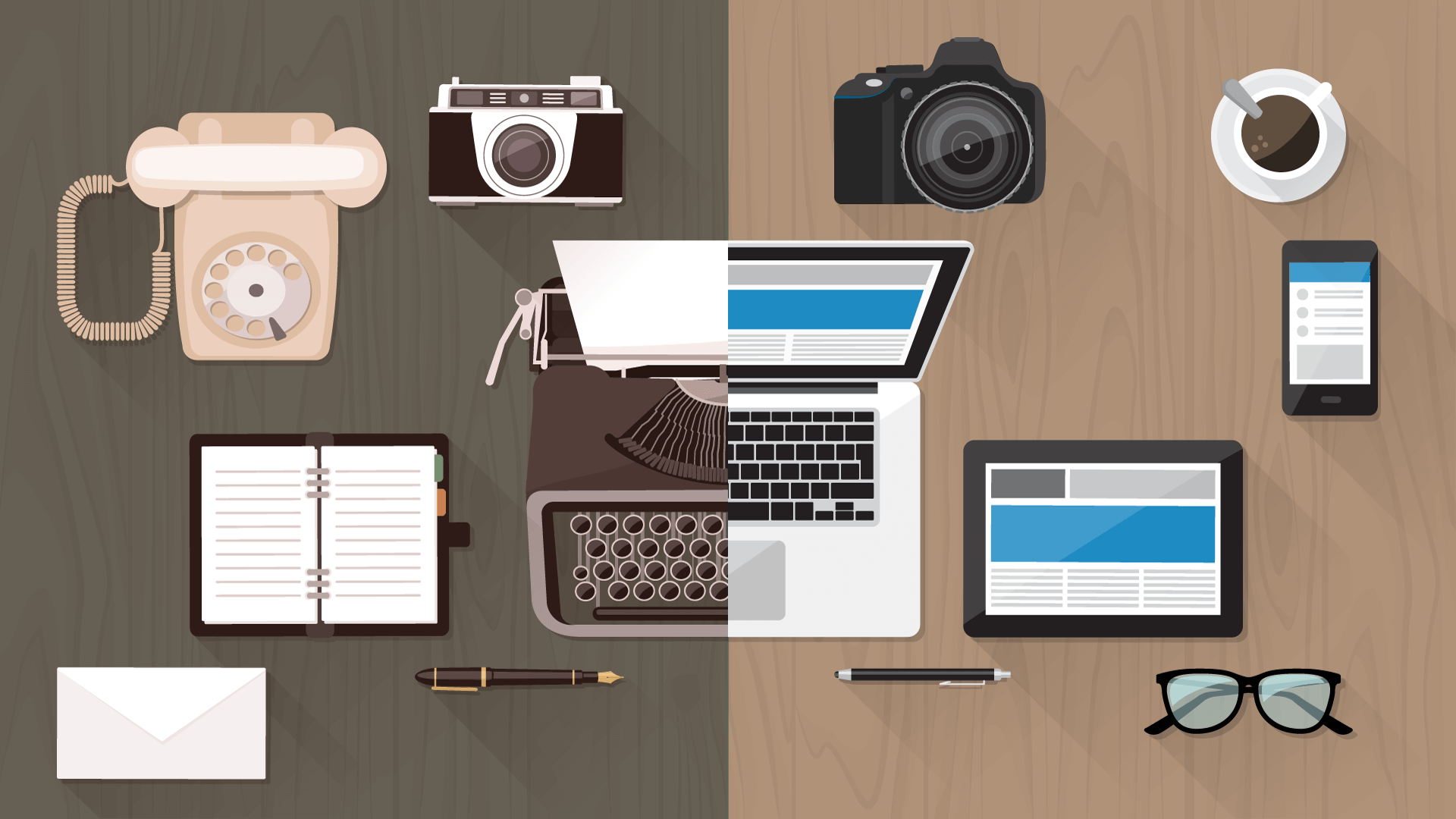
Today’s workplace is a very different place to what it was when I began my working career 45 years ago.
Being born in 1960, I’m a member of the demographically large generation born between the end of WWII and mid-1960s, known as Baby Boomers. The term ‘boomer’ is derived from the boom in births that took place after the return of soldiers from WWII.
Employers today are now leading workplaces which are more generationally diverse than at any other time in history. Having four generations in the workplace is going to require a level of dialogue, understanding and interaction between people that probably hasn’t happened before. Generational diversity, although facing some challenges, has great potential and presents many opportunities for staff to share their knowledge and experience.
Addressing the positives and challenges of the age-diverse workforce begins with an understanding of the priorities and needs of each generation. From Baby Boomers to Gen Xs to Gen Ys (or Millennials) to Gen Zs, each group brings a different view on careers, technology and life in general. Here’s a look at the 4 generations comprising the work force today.
What Are The Generational Differences?
Today, there are roughly four generations employed in the workforce:
- The Baby Boomer Generation born between 1946-1964
- Generation X born between 1965-1980
- Generation Y or Millennials born between 1980-2000
- Generation Z born between 1995-2015
A Step Back In Time – My Experience With Technology in the 70s Workplace
I was employed as a Stenographer. For many of you unfamiliar with the term, a Stenographer transcribes speech in shorthand used especially for taking dictation. Shorthand is a phonetic system where the symbols do not represent letters, but sounds. These sounds are then represented by strokes which differ only in thickness, the thin stroke representing “light” sounds, the thick stroke representing “heavy” sounds. Vowels were also represented with dots and dashes. Doing this required a specialist fountain pen with a very fine, but flexible nib. Writing with shorthand symbols allowed you to write at a quicker speed than traditional handwriting so speed and accuracy were essential. Shorthand was used widely in the office as recording and dictation machines were yet to be invented.
After taking dictation, the next step was to decipher the strokes, dots and dashes and, using a manual typewriter, type the letter or document back into longhand. We were trained to ‘touch type’ which meant you weren’t to look at the keys as you typed so that your focus was completely on your shorthand notebook.
The process for using a typewriter went as follows – manually set your margins, place a piece of paper behind the cylinder and roll the paper up using a dial at the side until the paper is where you need to start typing. Align the paper, then push back the paper lock and the paper release lever and start typing. When you finish typing a line, the typewriter would activate a bell to let you know it was time to return the carriage manually to its original position with the carriage-return lever, and you would then continue typing on to the next line.
When the type began to fade it was time to change the ribbon spools. The ribbon is what transfers the ink to the paper when you strike a key. The ribbon was threaded through the carrier. Once the ribbon carrier was raised, we had to be sure it was threaded correctly and the new spool put back in the same way. Some typewriter ribbons have two different coloured pigments (usually black and red) which could be selected if the typewriter had a switch to allow for words or sentences to be written in a different colour when required. Today we click Bold or Italics, or both and have a wide selection of font sizes and colours to choose from.
Typically, a typewriter had an array of keys, and each one caused a different single character to be produced on the paper. If you made a mistake while typing, you had to start again – there were no delete buttons on a typewriter.
Today, we take for granted that modern technology allows us to print unlimited copies of documents from our computers, however photocopiers weren’t a luxury in most 70s offices, so carbon copies of typewritten documents had to be made instead. When placed between an original and a second piece of paper to be copied onto, carbon paper would transfer marks made by the pressure applied by a typewriter making a clean, legible copy of the original.
Typewriters continued their dominance in the 70s albeit with improvements. For example, electrical typewriters made an introduction to the workplace in the late 70s and were designed to minimize noise in the office environment. When there were many stenographers working in one office, in what was called a typing pool, the noise could be deafening when all were typing at once. A cartridge was also used to replace the ink rather than ribbon and spools so this was a big step forward.
A telex machine was a must in most workplaces. The telex is essentially a large typewriter with a punch-tape unit. It operated entirely in upper case and, prior to transmission, a tape would be prepared and checked. It could then be transmitted automatically once the number had been dialled and the connection made. Telex was a major method of sending written messages electronically between businesses. Its usage went into decline as the fax machine grew in popularity in the 1980s.
The telephone also looked very different than today’s office phone systems. Our offices and desks were outfitted with rotary dial phones. Like the mobile today, everybody had one, and they ruled domestic and office communications. All that changed in the 1980s when they were replaced by the push button telephone.
Office design, furniture and technology have changed substantially to reflect ever-shifting economic and cultural changes through the decades, setting the stage for some of the most advanced products today.
The Digital Age
The relationship between technology and Boomers is vastly different in comparison to the newer generations, particularly now the ‘digital age’ has emerged. We’ve gone from rotary phones and telex machines being the height of office innovation, to instant messaging, video conferencing and the quest for a good wi-fi connection so you can work from the cosy coffee shop nearby. The introduction of computers has diminished the need for huge filing systems, duplicate copies and off-site file storage.
A common misconception of Boomers is that they lack understanding of and/or fail to effectively utilise technology however, the expansion of radio, television, mobile phones, personal computers and the Internet have all been pioneered by Boomers.
Today Gen X and Millennials (children of the Baby Boomers) aren’t just the future leaders of industry – they’re already running the show as Managers. Gen Z, born after 1995, are also entering the workforce en masse. These three generations, all digital natives, are already shaping the workplaces of the future.
Millennials have grown up in a time of rapid change, giving them a set of priorities and expectations sharply different from the Baby Boomers. They have come of age during a time of technological change which has given them a different set of behaviours and experiences than their parents. By the year 2000, the entrance of social medial allowed customers to articulate their satisfaction with companies and make decisions based on the company’s behaviour and not just on price alone. So at this point, companies also began to react and change.
Current digital systems such as computers, smartphones, tablets and laptops have evolved over time. The availability of the Internet provides us with ready access to information anytime, anywhere. Connectivity enables us to conduct our shopping and banking online. We can stay in touch and communicate instantly with friends and family anywhere in the world via social media.
Building An Inclusive Culture In The Workplace
Today, both Baby Boomers and Millennials have access to the same technology. However, the behaviour towards technology and its usage differs between the two generations. The Boomers for instance, use the technology to assist them with getting the information they need and increasing their convenience. The technology in the hand of the Millennials is being used mostly for connections. The older generation sees the social networking and mobile technology as ‘new technology’, whereas for Millennials, it is just the where and how of interaction. Recognition and self-expressions are some of the goals the Millennials also want to achieve through technology.
Because of the fast growth in the technological evolution, the Boomers only had the opportunity to grow up seeing it, whereas the Millennials grew up knowing it.
Generations will come and go. Once it was a world with Baby Boomers, today it is the Millennials and soon, the world will be taken over by the next generation. Technology on the other hand will always stay and always evolve. It will always evolve in the hands of the current generation, who will pass it on to the next generation and by this, the technological evolution will keep on changing the generation’s behaviour and workplace culture.
Even though Millennials have studied and naturally learned to thrive in this digital age, the Boomers did well for themselves long before technology monopolized the workplace. They hold a lot of knowledge and insight into important things that future generations need to understand. Not to mention that people learn better when they feel respected, as they are more enthused to listen and become educated on unfamiliar topics.
Organisations are a diverse place. Employees of different generations have diverse management preferences not only because they view the world differently, but also because they are usually at very different career stages. The pivotal Millennial group prefers their manager to act like a coach or mentor, while Baby Boomers prefer a dependable and consistent manager. Beyond that, Millennials and Baby Boomers can complement each other well in a work setting, filling in the gaps to create a diverse and accomplished team.
Respecting and understanding each other’s views and values will allow different generations to increase their appreciation of one another. Mutual respect for one another – in the workplace and life in general – should always be first and foremost.
Leadership is the driving force of workplace culture. Management sets the behaviour standards through their words and actions, along with policies and procedures. A business must pay attention to the presence of stereotypes in its organization if it is to be successful and retain its most productive, knowledgeable employees. This in turn, will lead to better communication and collaboration because employees are now talking from a sense of appreciation and acknowledgement.
Understanding and aligning with the values of these multi-generational employees helps to achieve the organisation’s goals. By recognising these values and then building a workplace experience that lives up to them, businesses will not only attract and retain the best talent that transcends generations, but also achieve their goals sooner. At the same time they will gain a competitive advantage by building a culture that their entire workforce will thrive in.
Where do I start?
If you want to get started on building an inclusive team that are engaged and productive, you can download our Free eBook – Five Ways to Build An Unstoppable Team
Just click the link and enter your email address and we’ll send it to your inbox.
If your staff are disengaged or underperforming, you’re battling a tense work environment culture or you’re struggling with poor customer service, it’s a sign you may be dealing with an unhealthy team.
